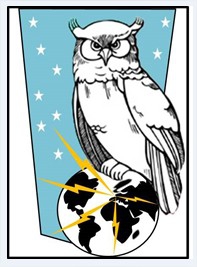
The French Air and Space Force (AAE) is the air and space force of the French Armed Forces. Formed in 1909 as the Service Aéronautique, a service arm of the French Army, it became an independent military branch in 1934 as the French Air Force. On 10 September 2020, it assumed its current name, the French Air and Space Force, to reflect an "evolution of its mission" into the area of outer space.

The French Army, officially known as the Land Army, is the principal land warfare force of France, and the largest component of the French Armed Forces; it is responsible to the Government of France, alongside the French Navy, French Air and Space Force, and the National Gendarmerie. The Army is commanded by the Chief of Staff of the French Army (CEMAT), who is subordinate of the Chief of the Defence Staff (CEMA), who commands active service Army units and in turn is responsible to the President of France. CEMAT is also directly responsible to the Ministry of the Armed Forces for administration, preparation, and equipment.
The 3rd Army Corps was a corps-sized military formation of the French Army that fought during both World War I and World War II, and was active after World War II until finally being disbanded on 1 July 1998.
The structure of the French Army is fixed by Chapter 2 of Title II of Book II of the Third Part of the Code of Defense, notably resulting in the codification of Decree 2000-559 of 21 June 2000.
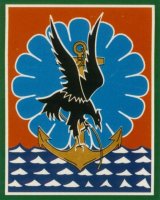
The 11th Parachute Brigade is a unit of the French Army, predominantly infantry, part of the French Airborne Units and specialized in air combat and air assault. The brigade's primary vocation is to project in emergency in order to contribute a first response to a situational crisis. An elite unit of the French Army, the brigade is commanded by a général de brigade with headquarters in Balma near Toulouse. The brigade's soldiers and airborne Marines wear the red beret (amaranth) except for the Legionnaires of the 2ème REP who wear the green beret.

The 2nd Armoured Brigade is an armoured brigade of the French Army. It is heir to the honours and traditions of the 2nd Armoured Division famously commanded by Philippe Leclerc de Hauteclocque.

The 1st Mechanised Brigade was one of the mechanized units of the Commandement des Forces Terrestres of the French Army. Created on 1 July 1999, as heir to the 1st Armored Division, the brigade was dissolved on 21 July 2015. Before the dissolution, formations reached 4000 men and women and the general staff headquarters of the brigade was garrisoned at Châlons-en-Champagne.
The 6th Light Armoured Brigade is one of the eight inter-arm brigades which are at the disposition of the Commandement des Forces Terrestres. The headquarters of the brigade is situated in Nîmes. The brigade is capable of deploying to any exterior theatre of operation while delivering fire power, agility, and mobility.

The 7th Armoured Brigade is an armoured brigade of the French Army. It carries on the traditions and honours of the 7th Armoured Division.
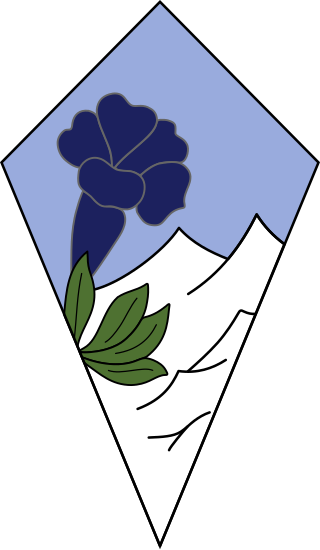
The 27th Mountain Infantry Brigade is a mountain infantry formation of the French Army. The brigade is subordinated to the 1st Armored Division and specializes in mountain warfare.
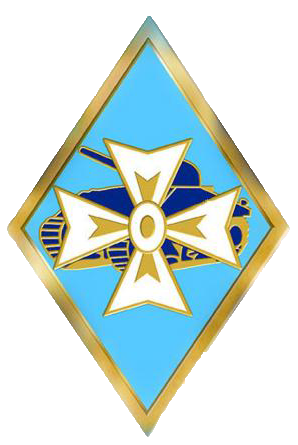
The 1st Armored Division is a unit of the French Army formed during World War II that took part in the Liberation of France.

The 3rd Armoured Division is a unit of the French Army. The Division is the heir of the 3rd Algerian Infantry Division formed in 1943 and dissolved in 1946, which contributed in the liberation of Marseille during the Second World War.
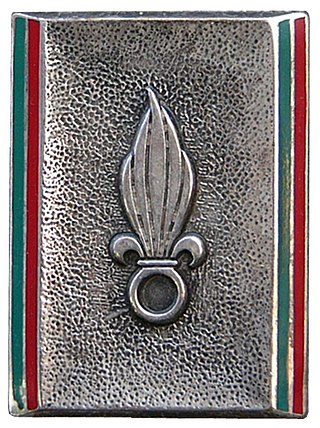
The Foreign Legion Command (official) is the Command of the Foreign Legion in the French Army.

The following is a hierarchical outline for the French Land Army at the end of the Cold War. It is intended to convey the connections and relationships between units and formations. The theoretical combat strength of the army was 295,989 soldiers, of the 557,904 individuals available for service across the entire French Armed Forces in 1989.
The National Territory Land Command is a military command of the French Army.

The Signal Corps of the French Army, is the military administrative corps which specialises in military communications and communications and information systems (CIS).
The 14th Military Division was a division sized unit of the Vichy France army. The division was formed in late 1940 and demobilized in late 1942. It was under the control of the 1st Military Corps and controlled units in East France notably on the Swiss border.

The Army Music Command ) is an organization under the direct authority of the Chief of Staff of the French Army. It is based in Satory.
The 6th Armoured Division was a military formation of the French Army. It was established in 1951, disbanded in 1957; then reformed in 1977, and dissolved in 1984.
